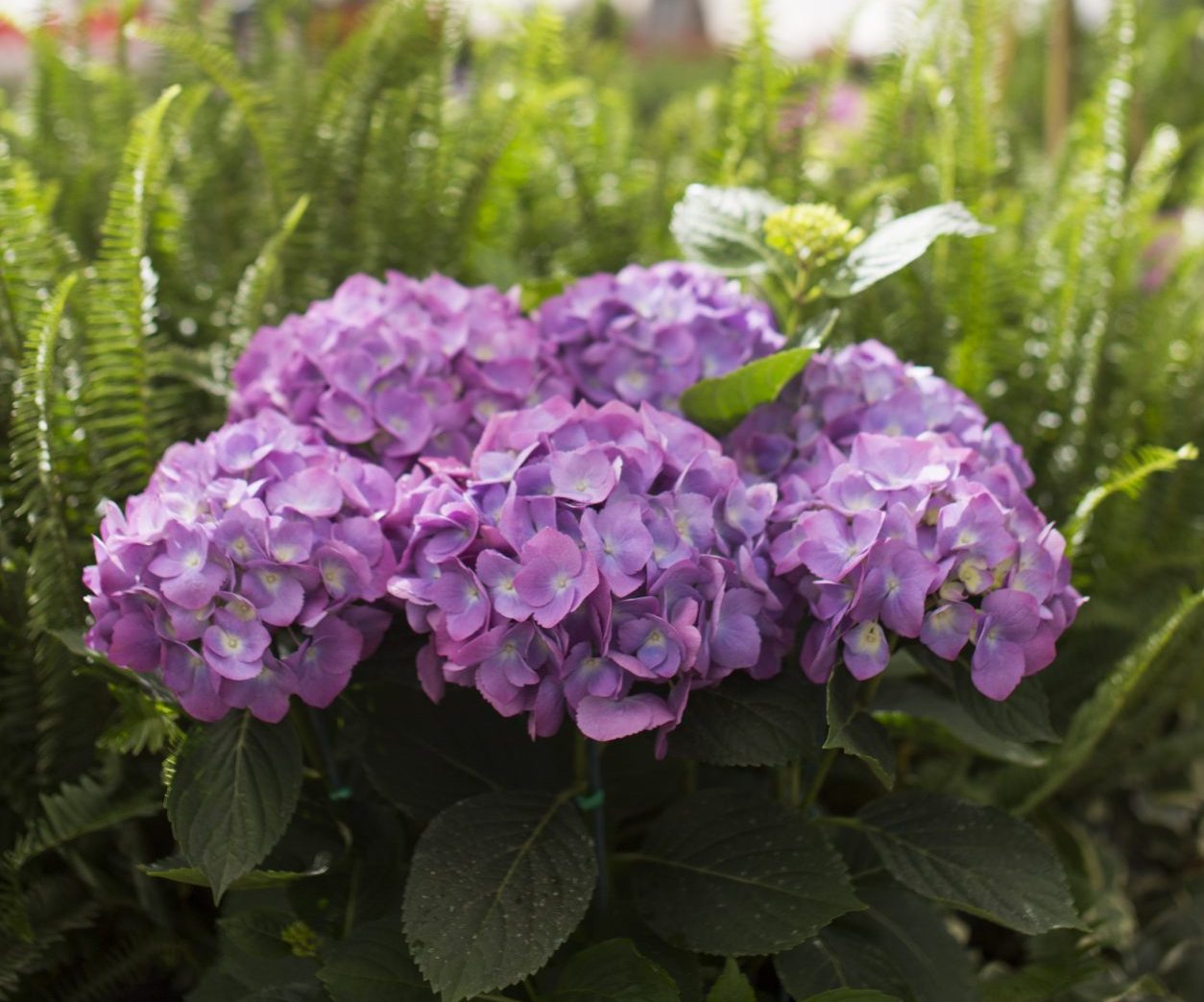
When it comes to lowcountry landscapes, hydrangeas are a staple. Their big, lush blooms add vibrant color to our yards, and we love snipping a few flowers for inside too! This past Saturday, Nursery expert, JD Stroebel, led a class dedicated to all things hydrangeas. We poured over their beauty, swapped tricks for altering their color and all went home a little richer in knowledge. Here are a few tips you don’t want to miss!
Planting
Plant hydrangeas in full shade or an area with morning sun. Be sure to avoid afternoon sun. When planting, mix a compost (we recommend Mushroom Compost) with your existing soil and use that mixture to back fill around the plant. This ensures good water retention. Always remember to apply Espoma Bio-Tone Starter in the hole and place the root ball right on top of it! This helps develop a large root system.
Watering
Water thoroughly 2 to 3 times a week for the first full growing season (about the first nine months the plant is in the ground).
Fertilizing
We recommend fertilizing with Espoma Holly-Tone or Flower-Tone for optimal flowering. For our area, apply the fertilizers 3 to 4 times a year beginning in March and through September. Espoma Garden Lime and Espoma Soil Acidifier are two great products if you’d like to change or deepen the flower color. Use the Garden Lime to raise the soil pH, turning the blooms pink, and use the Soil Acidifier, lowering the soil pH, to turn the blooms blue. Both of these products can be used every 60 days starting in spring.
Deadheading
Deadheading is important in promoting new flowers on repeat bloomers. Be sure to not remove too much material as it might cause the plant to not flower the following year.


